The iOS 8 Review
by Brandon Chester on September 17, 2014 1:00 PM ESTCamera
iOS 8 puts a lot of focus into improving the camera and photo editing experiences on iOS. Earlier this year we reported on Apple's improvements to the iOS camera APIs that Apple had talked about at WWDC. For the full rundown of the changes Apple has made you should take a look at that article. A basic summary is that Apple has exposed almost every camera option imaginable for developers to use. The caveat comes with the last part of that statement.
While iOS brings many new possibilities for third party camera apps, Apple has always tried to provide a good shooting experience in the stock Camera app with minimal settings to play with. Nonetheless, Apple has still made some improvements to the stock Camera application and very significant improvements to the editing options in the Photos app. However, the improvements to editing come with a cost that I'll discuss later on.
As you can see above, Apple has introduced a slider for controlling image exposure. To invoke this feature a user must tap to focus on a specific area and then slide their finger up or down on the viewfinder to move the position of the sun on the slider. The exposure control does not work when using the camera's autofocus.
Under the hood it seems that Apple's algorithm alters exposure primarily by changing the ISO value. When the ISO hits its upper or lower bound it then resorts to increasing or reducing the shutter speed. It makes sense for Apple to implement the setting in this way as reducing the ISO when aiming for a darker exposure reduces image noise, and avoiding longer shutter times for brighter exposures reduces the chance of shaky or blurry images which can be especially problematic on the iPhones (other than the 6 Plus) which lack optical image stabilization.
Apple has also implemented a shutter timer and a time-lapse capture mode. The shutter timer is fairly self explanatory; it lets the user set a 3 or 10 second delay before the camera takes a photo. The LED flash will blink along with the timer, and the app will take a 10 photo burst shot in case one of the subjects in the photo blinks. The time-lapse feature requires a bit more explanation. Time-lapse captures a photo every two seconds and creates a 30fps video file using the captured photos. This allows for videos of things that occur over long periods of time such as clouds moving, condensing one minute of photos into one second of video.
It's definitely an interesting effect, though it should be noted that the photos are taken at a 1920x1080 crop for a more standard video resolution. Support for 3840x2160 recording would be nice but the iPhone's 4:3 8MP sensor isn't capable of capturing images at that resolution. The other thing to make note of is that because the time-lapse mode is capturing photos, the resulting video file has no audio track, but that's not really a problem with this sort of content.
One final thing to mention is that those who use their iPad for photography will be happy to hear that both the time-lapse and shutter timer features have made their way into the iPad Camera app.
Photos
The Photos app receives a number of improvements in iOS 8. The changes can be divided into two categories. One is the improvements to photo management and integration with iCloud, and the other is a huge improvement in the capabilities of the Photos app's built-in photo editing functions.
The album view receives several new sections. The camera roll no longer exists, having been replaced by the new Recently Added section. Given that the camera roll had become the storage section for every saved photo, it wasn't much of a camera roll anyway. Two new albums have been added to store Time-lapse videos and Recently Deleted photos. On previous versions of iOS, a photo or video could not be recovered once it was deleted; on iOS 8 deleting a photo sends it to the Recently Deleted album where it will actually be deleted from the phone after 30 days. Deleting it again from within the Recently Deleted album deletes it permanently.
New options have also been added to the Photos & Camera section of the Settings application. With all the new iCloud related features in iOS 8 comes a new option to have all photos kept in iCloud, with the most recently viewed or accessed photos also cached locally. This may sound a lot like Photo Stream to some users so it's worth explaining how they differ. Photo Stream is not a place where photos can be kept. Photo Stream keeps photos that are taken for 30 days and pushes them to any devices connected to that Photo Stream. Once those 30 days are over the photo is deleted from iCloud and any newly connected device will not receive it. The iCloud Photo Library acts as a permanent storage for photos that can always be accessed.
Because it's rare that a person will leave a device unconnected to the internet to sync with Photo Stream for more than a month, the choice between using Photo Stream and iCloud Photo Library really becomes a question of whether the user wants photos to be stored locally or in the cloud. Photo Stream does not count against the 5GB of iCloud storage given free to every user but the photos must be kept on a device's local storage to be preserved. With iCloud Photo Library every photo is kept safely in the cloud but each photo stored takes up space in iCloud.
For users who take lots of photos it may be best to use Photo Stream and to keep photos backed up to a computer or another cloud service with more free storage. For users willing to spend extra money, purchasing additional space in iCloud is also an option. Users can also enable both features simultaneously but this results in each photo using storage in both iCloud and on all devices, which isn't an efficient use of space.
This brings us to a point that's more about iCloud in general. The 5GB of free storage for iCloud is quite small compared to what Apple's competitors in this space are offering. Both Google Drive and Microsoft OneDrive offer users 15GB of storage for free. I suspect that with Apple continuing to build out their iCloud service that we'll see the 5GB limit increased, or features like iCloud backups will be changed to no longer be counted as space used.
Update: I've received reports from users that iCloud Photo Library is not included in the final release of iOS 8. For users that have the Yosemite developer preview or consumer preview installed and signed into iCloud, the iCloud Photo Library option will be on your device. For all other users, it will be introduced in a later iOS update in October as a beta feature. Thank you to nvmarino in the comments for figuring that out.
Editing receives some great new tools as well. iOS 7 didn't have much in the way of editing beyond an auto-enhance function, filters, and cropping. iOS 8 brings a new rotation feature to the cropping menu for fixing skewed photos, new color and light controls, and the ability to include custom filters from third party applications.
Above you can see the new interface for rotating photos and the menu for adjusting image color settings. When selecting a setting to alter, the application provides the user with a simple slider that adjusts various settings like saturation, contrast, brightness, etc. These separate settings can also be changed manually by the user if they want to go beyond the simplified slider interface. All edits made in the Photos app are non-destructive, and the image can be reverted to its original look at any time. The new editing features are a nice addition to the Photos app, but as I stated earlier there's a cost to these changes:
These changes mark the death of iPhoto for iOS. The problem with this is that the new features in the Photos app don't provide anywhere near the number of editing options that were available in iPhoto. Some users may feel that this is another step in a trend of Apple snubbing power users, much like when the 2013 update for Apple's iWork suite removed AppleScript support and various features in an attempt to have parity between the iOS and OS X applications. Many of those features were eventually re-added over time, but with Photos being a stock iOS application it can only receive improvements as part of iOS software updates. It will be interesting to see what Apple does in this situation. It's possible that, much like their retirement of Aperture and work to help users migrate to Adobe's Lightroom software, Apple may feel that other developers are better suited to create comprehensive photo editing applications for iOS.


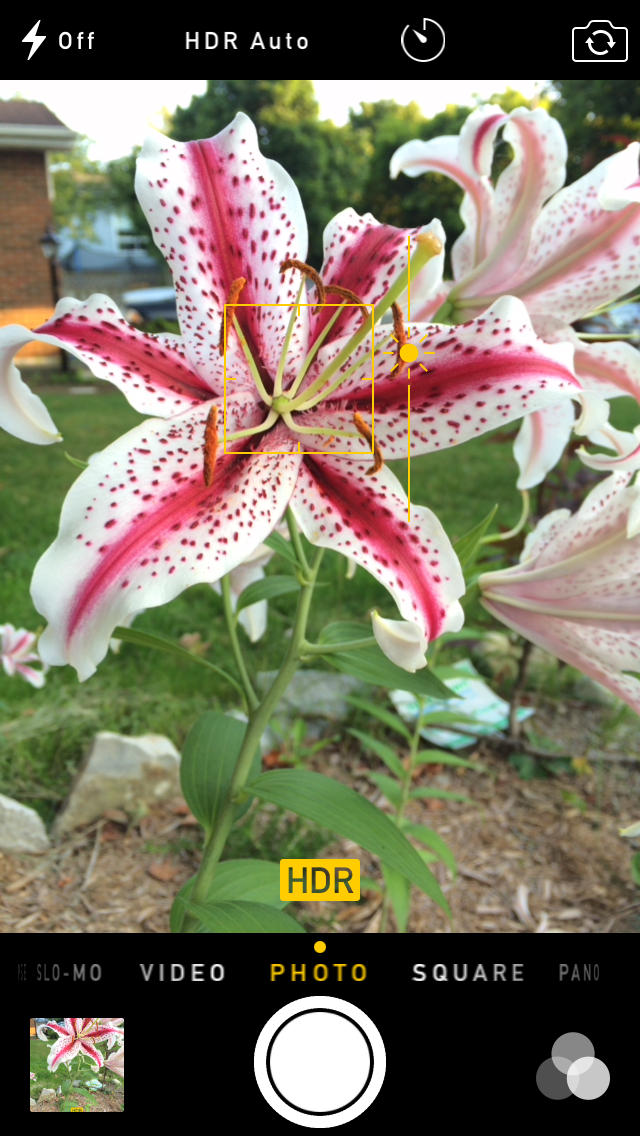
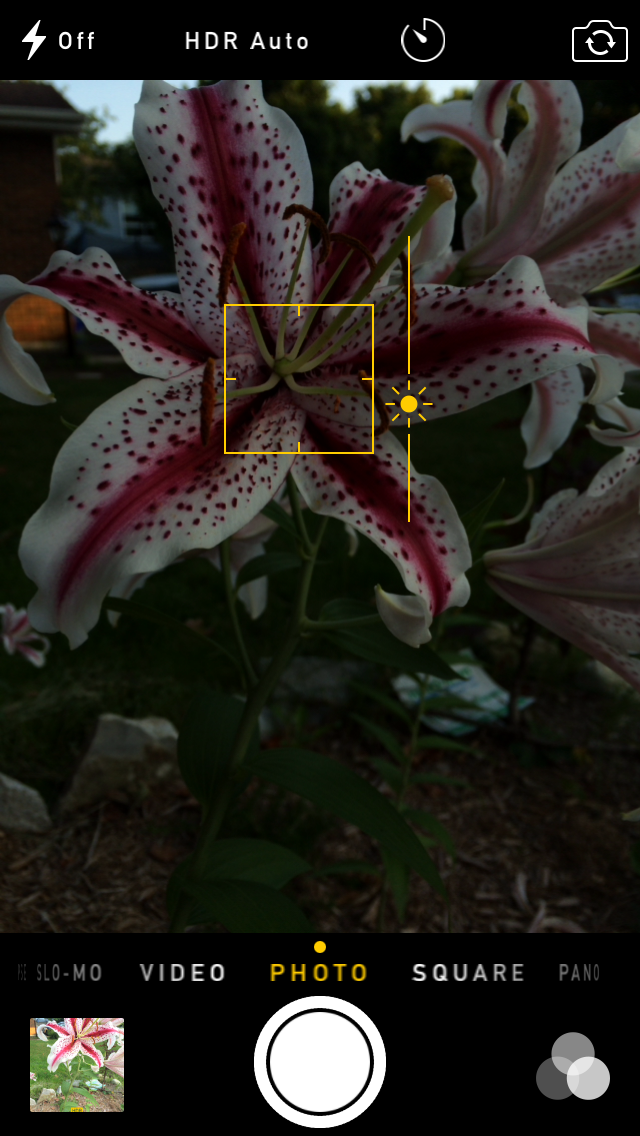
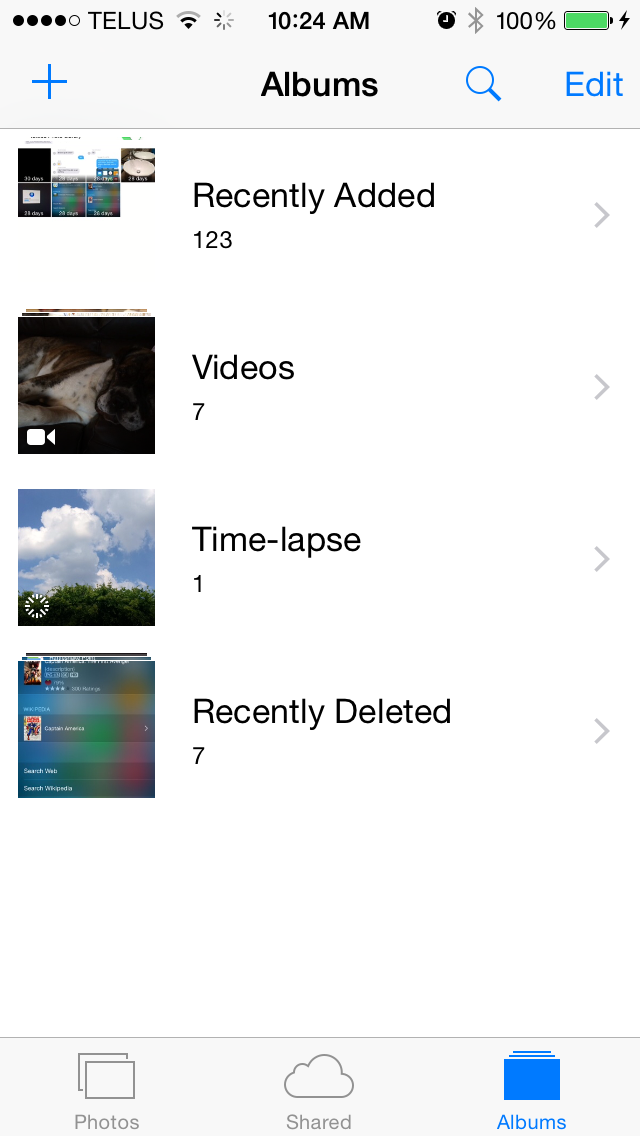
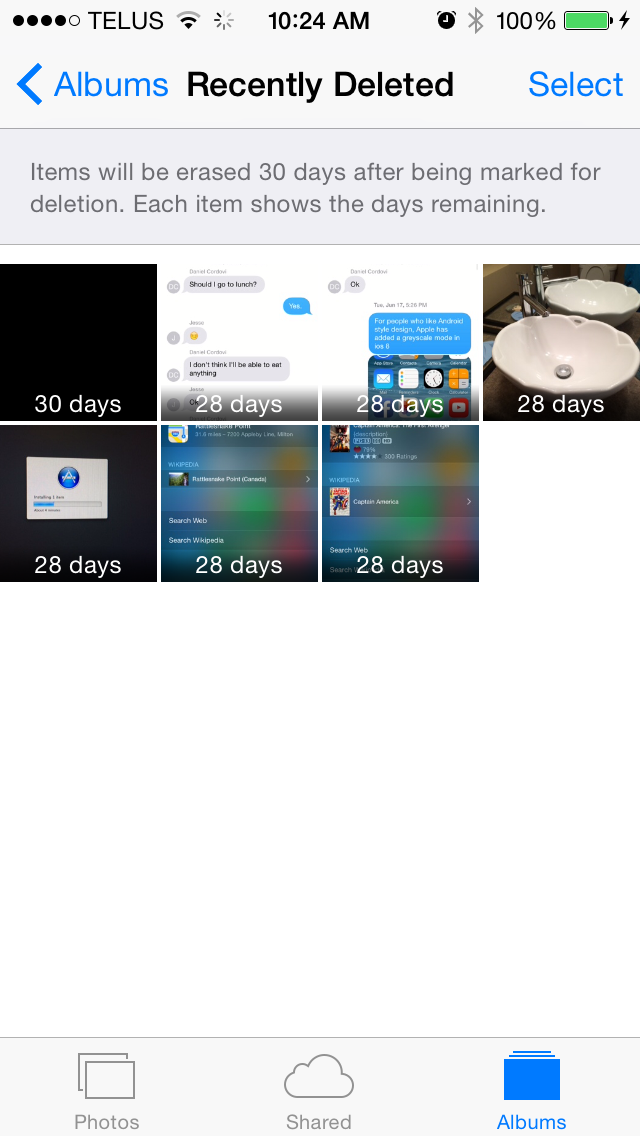
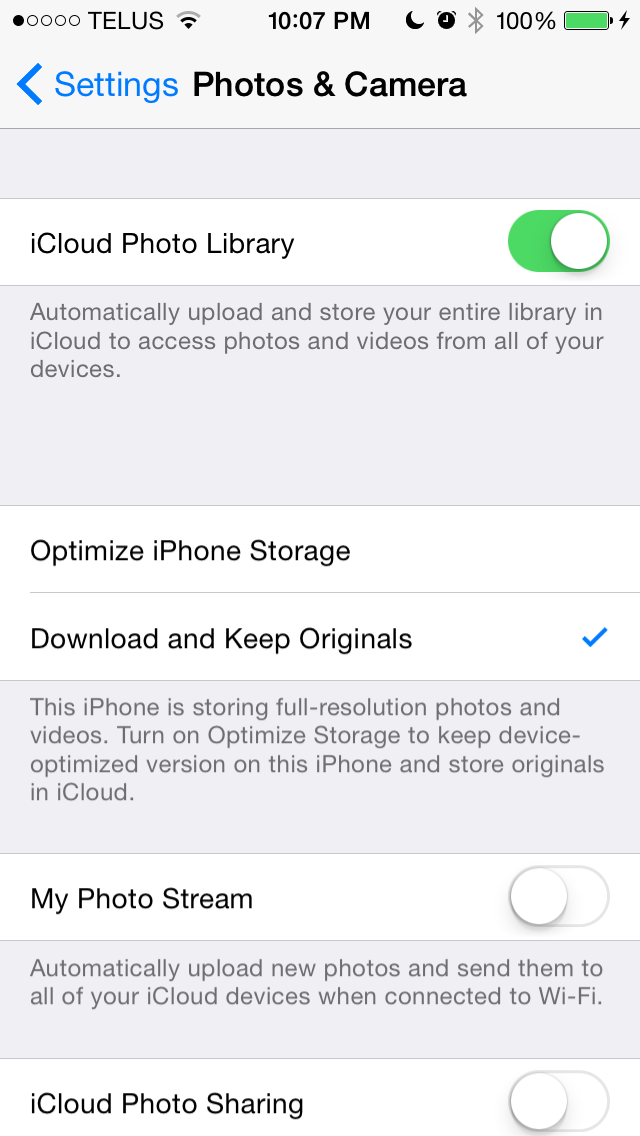


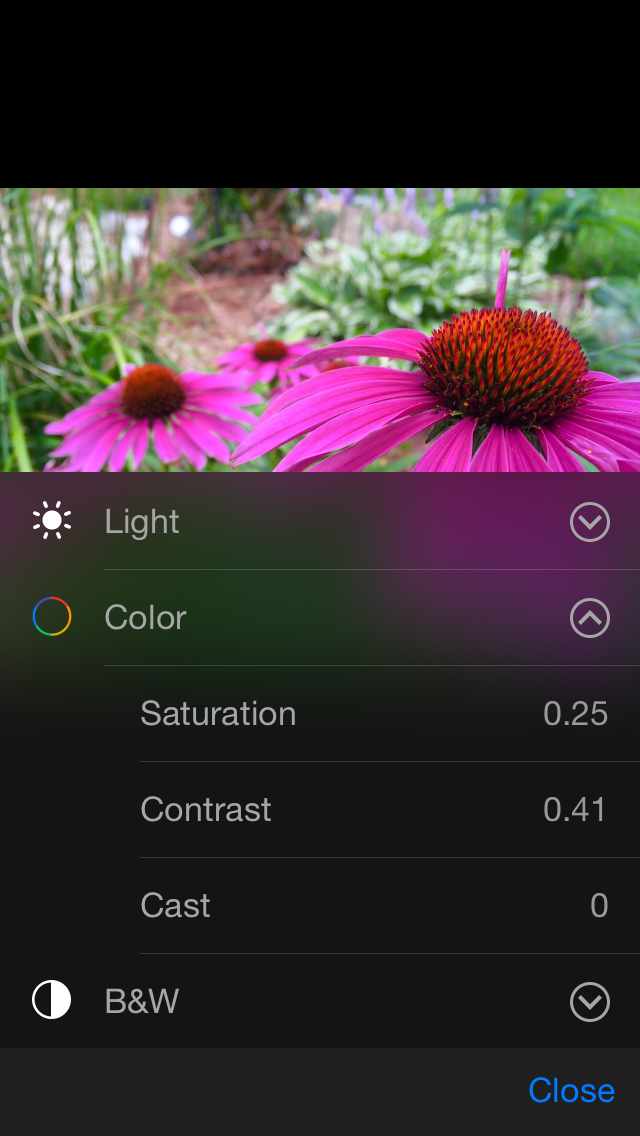
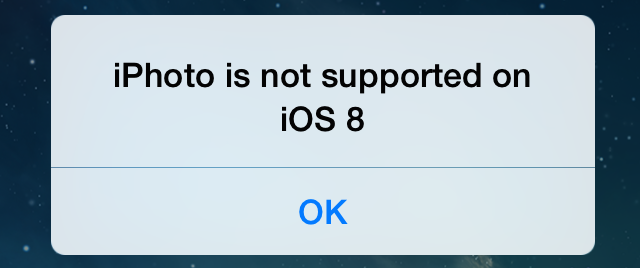








164 Comments
View All Comments
robinthakur - Friday, September 19, 2014 - link
Er, no that's nonsense. If I start typing a message to somebody in my address book on an iOS device, it turns blue if they have iMessage but to Android users it's green which means it is an SMS and it reaches them perfectly fine. Honestly, if it worked the way you say it did, it would be totally pointless. iMessage syncs with all Apple kit so this benefits people who use iPads and Macs, which is fine because it makes life easier. If I send a Hangout on my HTC One M8 to somebody with a Google account but who doesn't have Hangouts enabled, it goes through fine, but they never reply. Which is the more useless? I wanted to like Hangouts, but the hideous green interface or the fact that hardly anybody I know user Android makes it suboptimal and tend to just leave it in the SMS setting which is a far worse solution than on my old iPhone with iMessage because I could send without cellular signal and send pictures,voice etc. for free over wifi. Seriously, of the two implementations, I definitely prefer (and miss) iMessage.Impulses - Wednesday, September 17, 2014 - link
Well, for one thing, people that initiate a group chat on iMessage just end up annoying those of us who have to interact with it thru SMS and can't seamlessly reply to the whole group etc ... So that's one reason not to use it.Photos sent over iMessage also end up overcompressed when sent to an MMS recipient, and trying to explain to someone why you would prefer they email it or Dropbox it is like pulling teeth.
Granted, you could rightly state most of those issues stem from user ignorance, but I'm the end it's really Apple's attempt at transparently blending a universal system with a proprietary one that's causing the confusion.
WinterCharm - Wednesday, September 17, 2014 - link
False. That's completely wrong. If the messages app detects that not everyone in the group you are messaging has iMessage, it simply forces the entire group to use SMS, so it's seamless for everyone.grayson_carr - Wednesday, September 17, 2014 - link
No, you are wrong. It forces the entire group to use MMS, not SMS. There is a difference. In many countries, SMS is free, but MMS (used for group texts, pictures, etc.) is not.Impulses - Thursday, September 18, 2014 - link
False. That's completely wrong. I've been in plenty of conversations with iPhone users (most of my friends) where one of them suddenly goes "why isn't Frank responding, is he not coming?" because they don't realize I'm not on iMessage and my replies ate only going to the originator of group chat.Thanks for playing but try again. I could get around that by initiating a group SMS for everyone in the chat (once I figure who THAT is after a few replies), but it's a big hassle since each individual reply from each person will come in under the thread for that particular person.
Usually the chat originator just ends up repeating what I've said, it's a pain, and iMessage can eat me.
sherifone - Thursday, September 18, 2014 - link
Thats because on Android group MMS is a crap show. Apple supports the standard correctly and on Android it is handled on an app by app basis, sometimes very poorly. It is your phone/app's fault you didn't get the message.iOS detects that there is a non iMessage user in the conversation and it turns into a group MMS. There is no such thing as a group SMS, just FYI.
This works flawlessly among my android and iOS friends. Mostly because my Android friends are educated in the way MMS/Group messaging works and took the time to find a functional app and/or phone.
Impulses - Thursday, September 18, 2014 - link
I didn't fail to receive any messages, read my comment. Point is turning it into a hybrid group MMS/instant message convo is not very helpful to others and turns into a mess, because I can't easily reply to the group and I'm basically forced into the conversation as well... With no option to back out of it or ALL subsequent replies. It's not just non-iPhone users that are affected either.It might seem all transparent and easy to use for them, except when it ceases to be. I've lost track of the number of times an iMessage user has sent a group message asking something (like everyone's address for wedding invitations, etc) and the rest of the iMessage users blindly reply. Other iMessage users don't (and shouldn't) see those replies, only the originator, but I end up seeing all of them...
Any time you send a group MMS to someone on iMessage every other user you sent it to is invariably gonna see that iMessage user's reply, which doesn't follow standard SMS/MMS logic.
robinthakur - Friday, September 19, 2014 - link
Yep, definitely agree since I mopved from iPhone to Android, I was shocked at how backwards messaging still is on the platform, most still use SMS and Hangouts has hardly any traction. All my friends who are iPhone users regularly bitch and moan that they have no idea if i've read something, and that they receive multiple identical texts from Hangouts and I would say they now message me less because it is just hassle for them. Hopefully my iPhone 6 plus arrives soon.retrospooty - Wednesday, September 17, 2014 - link
clearly you havent used Hangouts. It's fully integrated with text messaging. It just worksrobinthakur - Friday, September 19, 2014 - link
Is that why both my HTC One M8 and my brother's Motorola G send the same message multiple times to recipients which drives them crazy? As the sender, I have no idea this is happening until I start getting complaints that i've just sent the same text 5 times. It seems such a simple app, the fact that it doesn't actually work must be pretty embarrassing for Google. In all my years of using iMessage, it never screwed up that badly and generally worked pretty slickly across all my devices with a decent carrier. Google would help themselves if they got rid of having Messages AND Hangouts in the AOSP. Most users have no idea which one to use and opt for Messages and then think that Android is incredibly backward as a result.